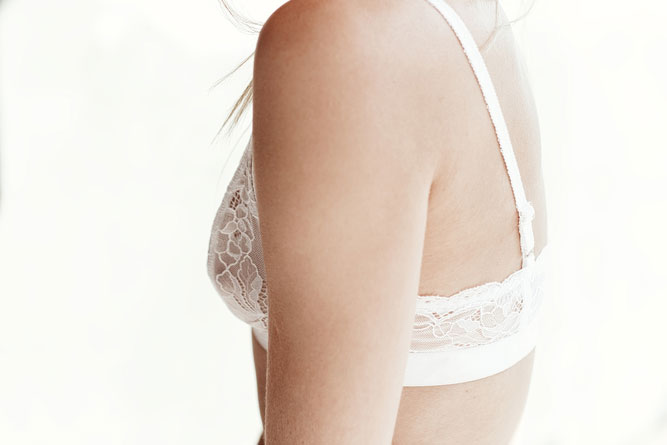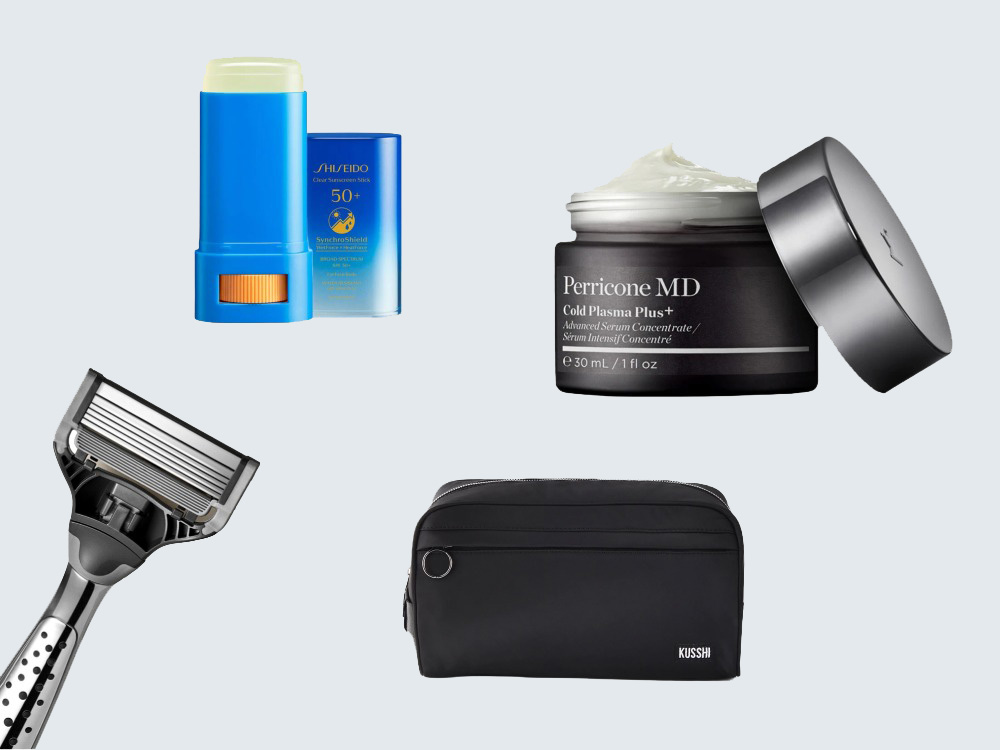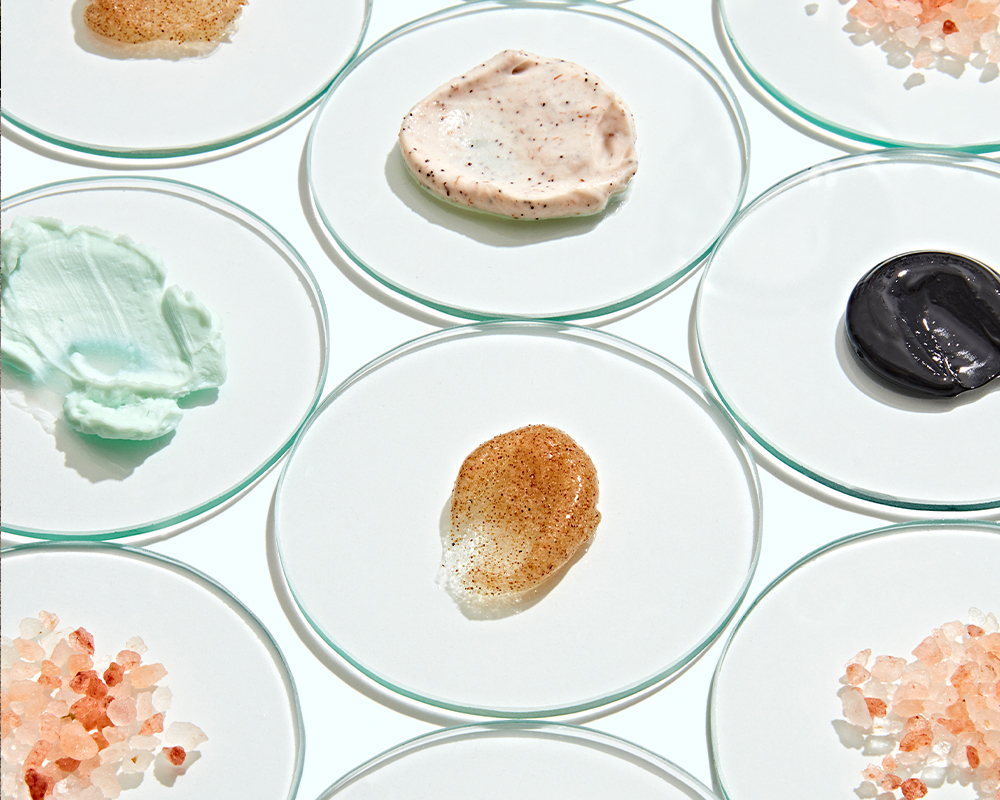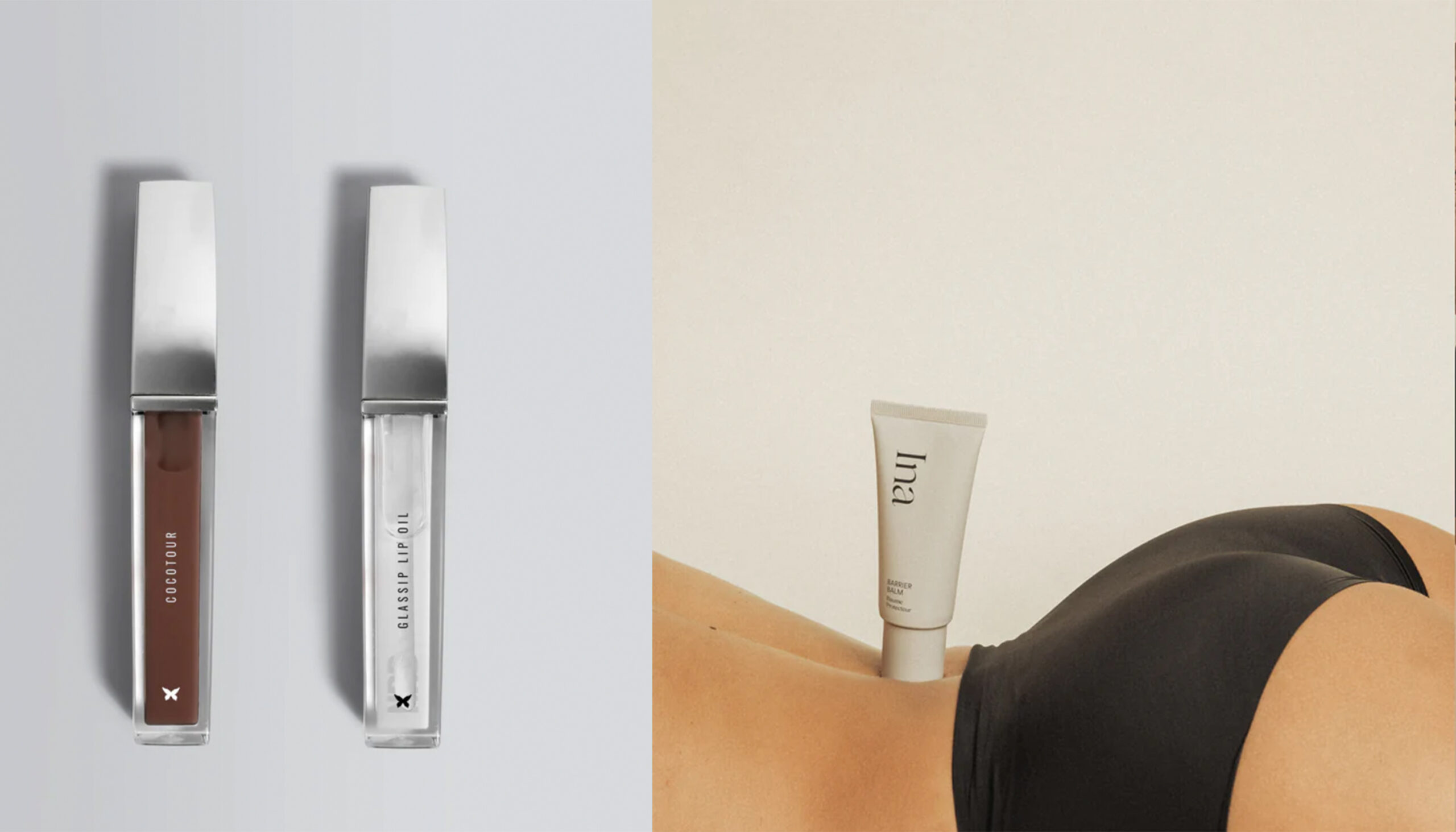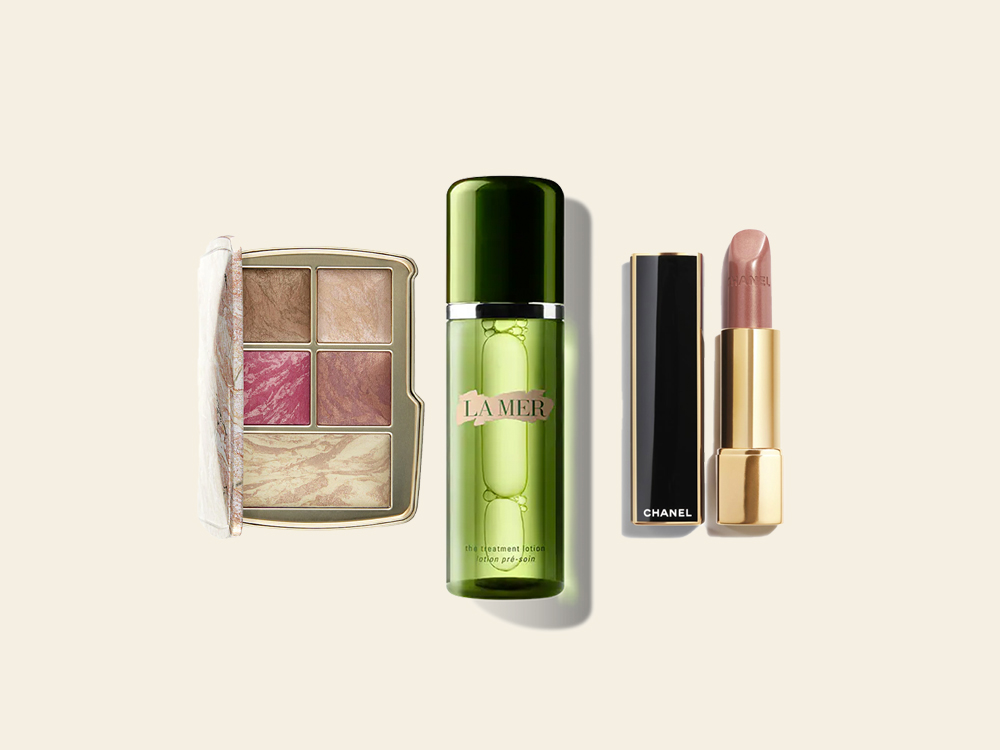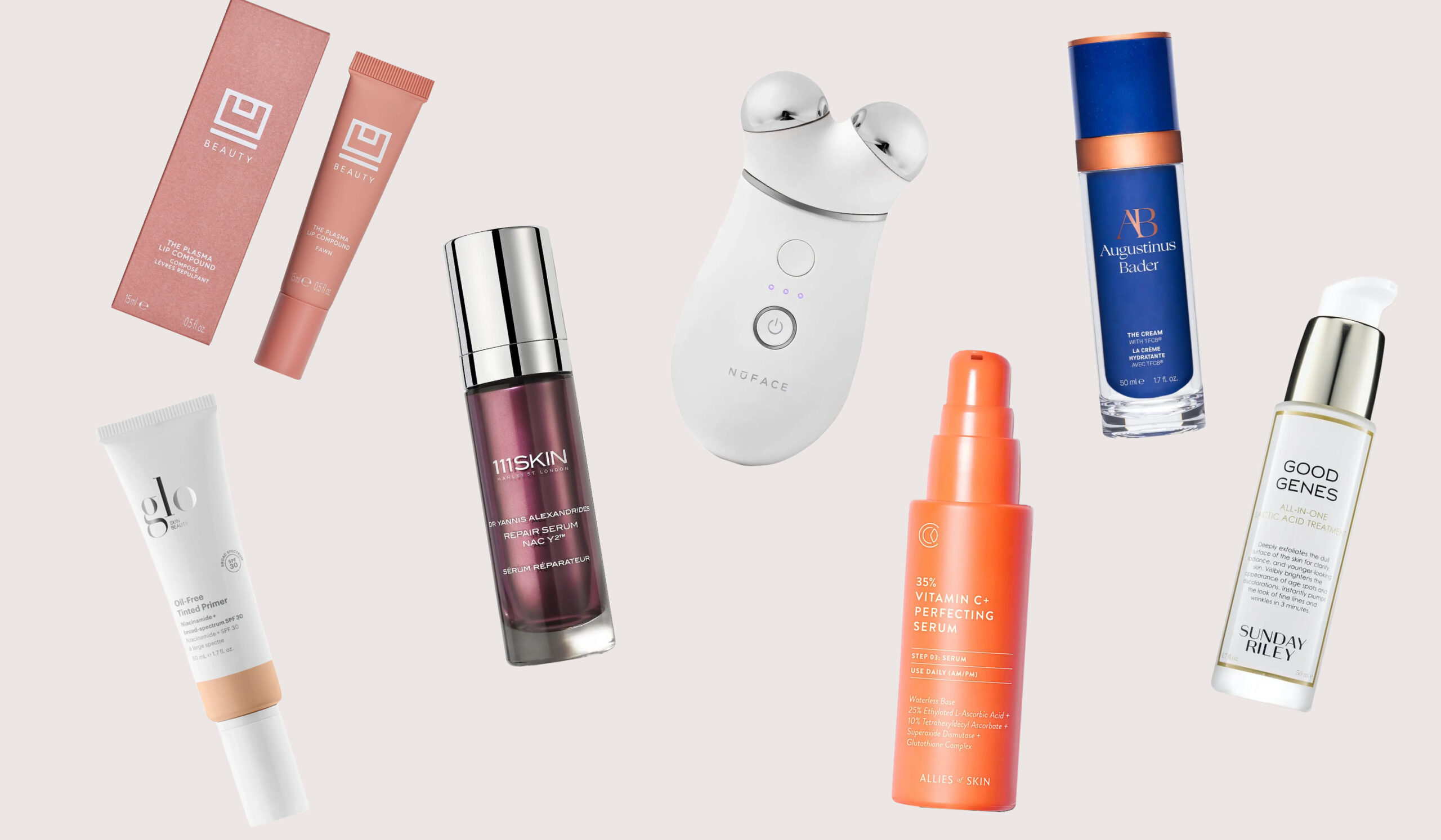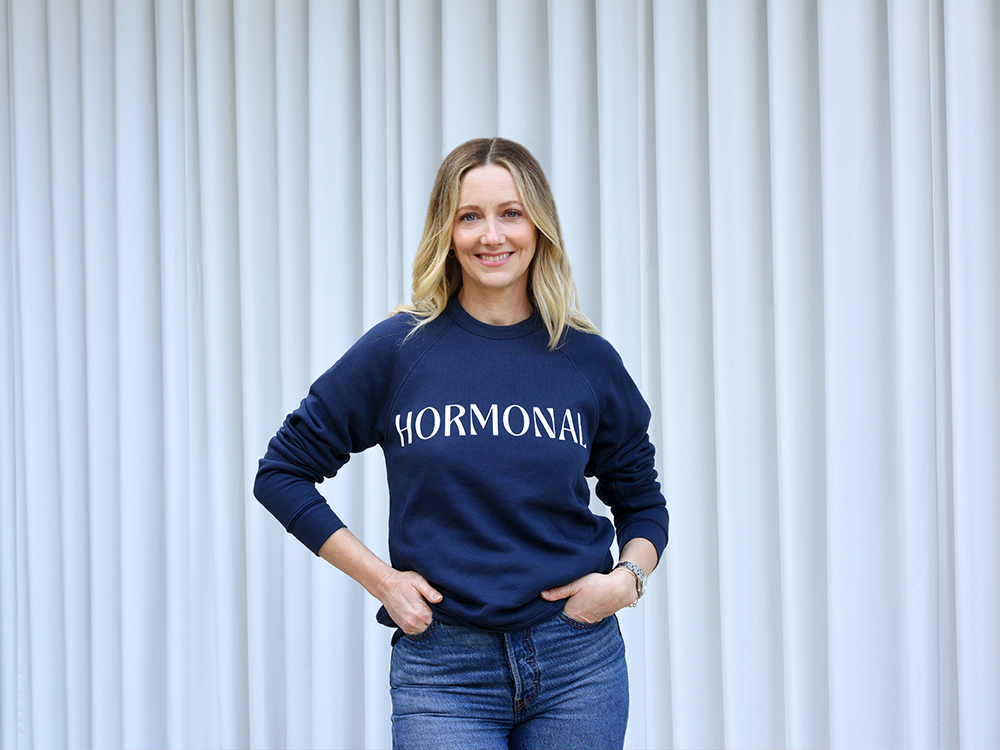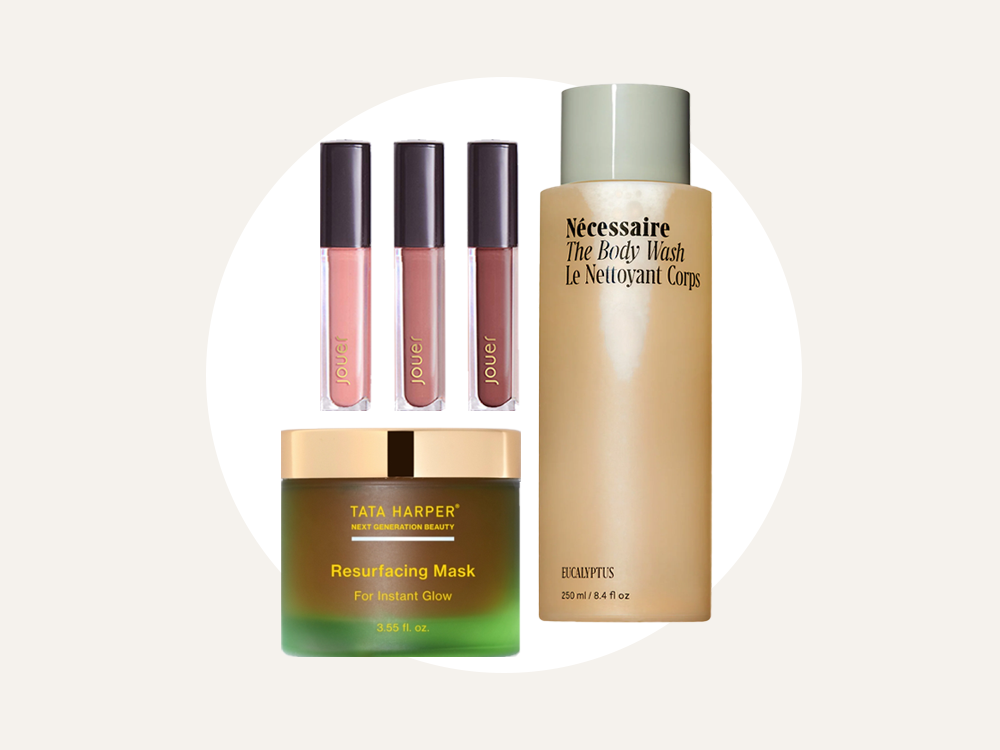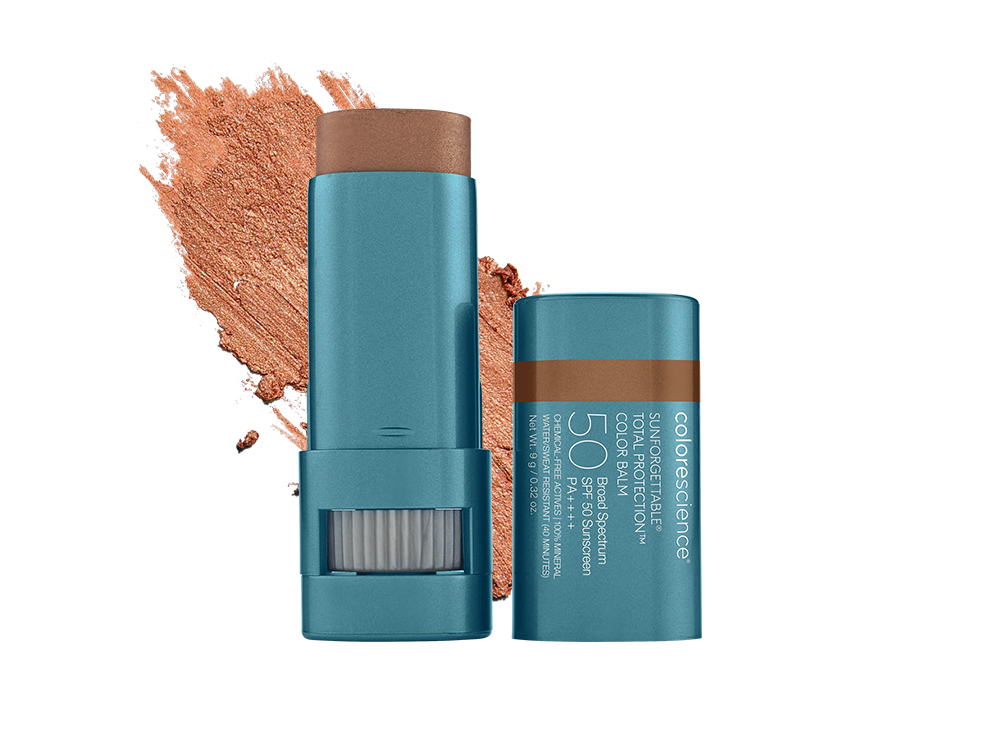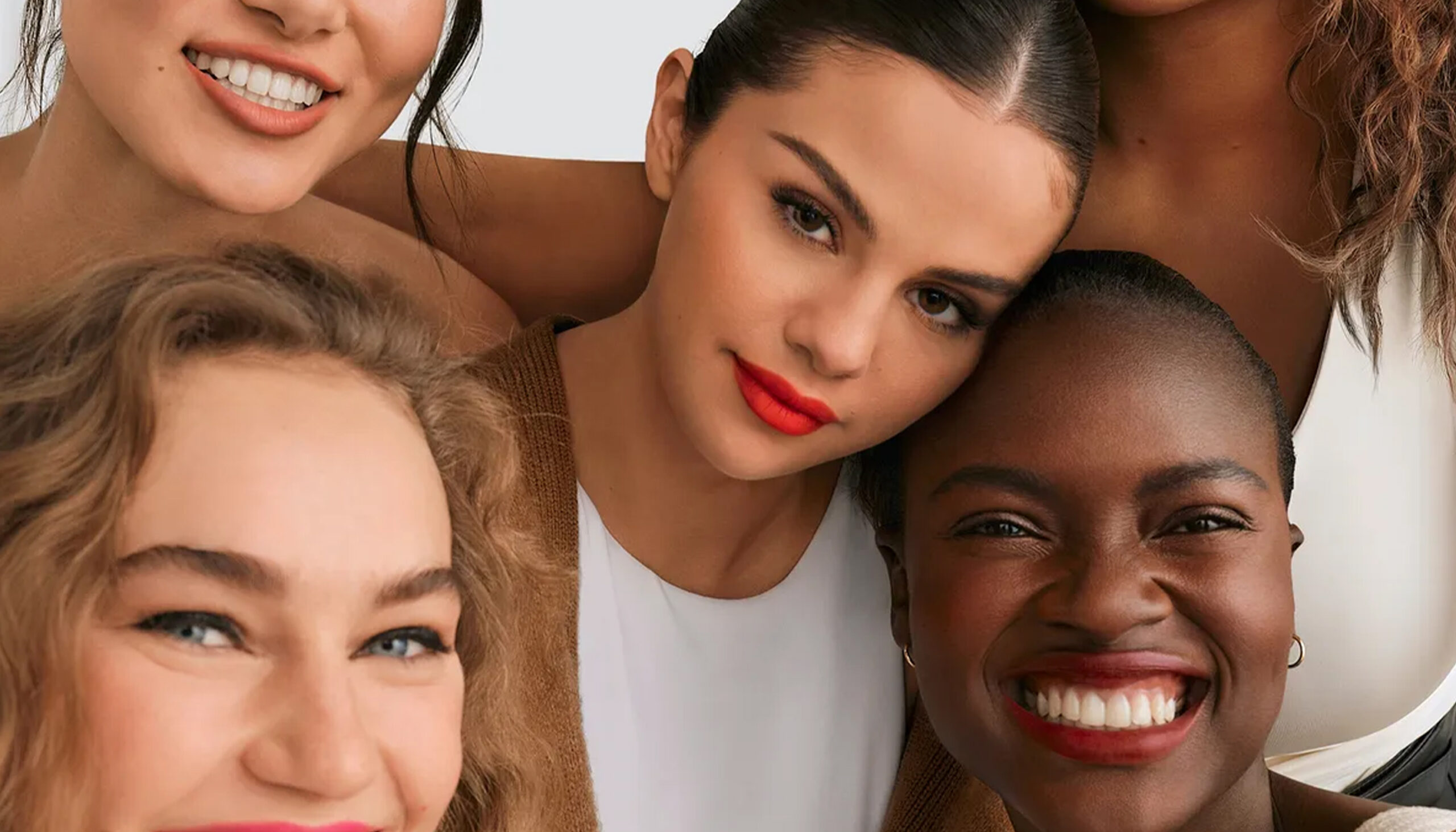Nanuet, NY dermatologist Heidi Waldorf, MD was diagnosed with stage 2B breast cancer at 43 years old. She had no family history and no personal risk factors. Worse yet, it came six months into her mom’s treatment for mesothelioma (the asbestos cancer for which she had no risk factors). “I looked at it like a military operation,” she says. “I had treatment to be done and at least I’d have a 94 percent cure rate; my mom’s chance for cure was in the single digits.” Here, she shares her story:
My treatment consisted of lumpectomy with sentinel lymph node dissection followed by chemotherapy, radiation and an oral anti-estrogen. The surgery was easy-peasy thanks to my fabulous breast surgeon. Despite my being small-breasted (ThirdLove bras sized me at a 36A½) and my cancer being 8mm (about 1/3 inch), I had no indentation or asymmetry after surgery. Whatever nearly invisible scar faded further with radiation and, given my fair skin and lack of sun damage, I had no radiation dermatitis during that phase.
The hard part, as I expected, was the chemotherapy. Frankly, the only time I cried during my oncology consult was when we discussed losing my hair—and the only time I allowed my terminally ill mom to accompany me to treatment was during my final wig fitting when I had my head shaved. I chose to pick the date to shave my head, one week after my first chemo, so that I had control of how I looked. As a cosmetic dermatologist, I couldn’t go to work with a half head of hair. It also allowed me to avoid seeing all those long strands of hair piling up on my pillows and clothes. I had it shaved and the wig fitted on a Thursday and went into work with the wig on Friday. When not at work, I skipped the wig, applied plenty of sunscreen to my bald scalp and wore a hat for protection.
You May Also Like: Does Your Breast Cancer Risk Go Up If You Dye Your Hair?
Sense of Normalcy
I tried to keep life as normal as possible. My chemo appointments were on alternate Fridays so I would take off the Monday and Tuesday of the following week and otherwise went to work. I continued to see my trainer and yoga instructor, albeit with lighter workouts. And I continued to manage my mom’s care.
My skin routine had always been sunscreen and moisturizer; I never used cosmeceuticals long-term. I had been told that my skin might get dry during treatment, but I’ve always been a Dove girl and moisturized so I didn’t notice a change. I’ve always kept my nails short for work and didn’t notice any change there either. The biggest change was that I looked sallow—I didn’t have my usual rosy glow. I only noticed because I found I needed to use a tinted primer and more blush to feel I looked alive walking out the door to work or see friends.
I was very lucky that other than extending menopause, I tolerated Tamoxifen (the anti-estrogen) very well. I was supposed to switch to an Arimodase Inhibitor at five years, but pain and stiffness in my hands made it untenable for my life injecting people. My doctor got me back on Tamoxifen and the hand symptoms resolved completely.
In addition to losing the hair on my head, I was prepared to lose my lashes and brows. I got bright-blue eyeliner, water-resistant brow pencil and clear eyeglass frames (I didn’t wear glasses back then), but actually never lost those areas completely until two weeks after my chemo ended. They quickly grew back but I lost my eyelashes again every three months for a year at which point I began Latisse for both.
Happily, my hair grew back as thick and healthy as before, but it was suddenly not just wavy and a bit curly but full-on ringlets. “Chemo curls” are real. To this day, no one in derm or onco has given me a satisfactory answer to why that happens so I just say that the universe decides you need “happy hair.” I had the ringlets for about a year and a half when my hair was finally shoulder-length and worth blowing out. As it got longer, it went back to its half-wavy, half-curly texture.
I was also surprised at my susceptibility to the sun. As a second-generation derm with a dad who wouldn’t look at or speak to me if I came home tan, I was used to applying and reapplying sunscreen and hadn’t gotten a new brown spot in adulthood. But just walking south on Madison Avenue once or twice a week, I got enough sun exposure to develop a few lentigines (flat brown spots). Once I saw that, I decided to wear a broad-brimmed hat and keep the wig in my bag while walking outdoors, in addition to reapplying sunscreen.
The Biggest Change
I hadn’t focused on the fact that at 43-years-old, chemotherapy would throw me into menopause. My grandmother had never discussed her experience with menopause—her generation didn’t. And my mom never went through it, she had a total hysterectomy oophorectomy in her 30s for severe endometriosis and was put on estrogen immediately after. But suddenly I had hot flashes and shifting fat. I’d been thin but my face looked drawn. And my body had fat in the middle where it had never been before—gone were my straight-leg Levis and low riders. Thank heavens for Coolsculpting and now Emsculpt, which have allowed me to get ahead of my ever-changing, middle-aged body and feel in control and good in my body again.
Fat also shifted away from my face which became more angular. My mind was occupied with my cancer, my mom’s, etc., so I didn’t notice it specifically, I just knew I looked increasingly tired and felt less attractive. About two years after my treatment in the midst of some filler training, a dear colleague (Los Angeles dermatologist Rebecca Fitzgerald, MD) suggested I could benefit from Sculptra and treated me on the spot. It was life-altering! Suddenly, people were telling me I looked vibrant and healthy. I’ve done a combination of fillers every since—my standard line is that I have “buckets” of fillers in my face. I don’t need to do it often, but it is a necessity to maintain my looking like me. I also do Thermage every few years (I’d do it yearly, schedule permitting) to reduce the amount of filler I need.
Another surprise: A lifetime of sun protection, never smoking and keeping a fairly stable weight seemed to protect my skin from the loss of estrogen everywhere except between my legs. Two years after my treatment ended, I noticed a small amount of blood in my underwear. I’ve never been an alarmist so instead of assuming I had uterine cancer, I used a mirror to check it out. Lo and behold, I had a small tear in my skin that arose after wearing snug jeans for a day. The skin had become paper thin despite local use of an estrogen cream. My gyno and onco agreed that a slow-release Estring would be safe, despite my estrogen-progesterone receptor positive cancer because it affected the area, not the entire body. I’ve had no problems since starting it.
This one is less of a surprise than an unknown: My 10 years of Tamoxifen (anti-estrogen) ended in October 2018. I’m now 54-years-old and have no idea if menopausal symptoms will gradually go away and I’ll be clearly post-menopausal. My docs don’t have the answer so I guess it is a wait-and-see.
Patients tell me many of the same things that surprised me surprise them. Because, when you are the patient, even a doctor loses some of her diagnostic skills when trying to evaluate herself. I’ve always been very open about my breast cancer history—I wore the wig so that patient visits wouldn’t be about me, but about the patient. But just cutting back my schedule during those times and patients who had known me for years seeing the changes I went through brought the topic up for discussion. Now, I mention it on my website and social media posts to help others going through it or knowing friends/family going through it. And we all go through the same changes.
Tackling the Other Kind of Treatments
Can you get cosmetic treatments while undergoing chemotherapy? This is the cool part that I’ve spent time researching and discussing with oncologists and my aesthetic colleagues. Basically, you can’t do anything if your blood counts are low—resulting in lack of immunity and/or anemia or even potentially thrombocytopenic (low platelets)—or if your treatment makes you otherwise immuno-compromised. You also need to be wary of treatments after lymph-node dissection for the affected limb (although with modern protocols limiting the number of lymph nodes taken, lymphedema is far less common). Another limiting factor is how you feel. If you feel exhausted and run down, it isn’t the time to go to the cosmetic derm. But if all that is fine, you can do treatments that will make a difference in what you see when you look in the mirror during chemo. For relief of dull, dry, sallow skin, patients between chemo treatments can have a Hydrafacial or light fractional resurfacing with Clear + Brilliant. Filler between chemo treatments—so called “tweakments”—can keep you from suddenly seeing that seemingly overnight menopausal hollowing and sagging.
What not to do? My advice is to avoid procedures that require a prolonged healing (to avoid infection), stimulates a significant immune reaction or relies heavily on your skin or hair’s ability to regenerate because that will all be slowed during chemotherapy (and will therefore be less effective). That includes deep chemical peels or laser resurfacing, noninvasive tissue tightening, cryolipolysis, injectable lipolysis and PRP. Many oncologists warn patients to avoid antioxidant supplements, and some even say to avoid topical antioxidants, because they don’t want to quench the free radical destruction of cancer cells stimulated by the chemotherapy or the pathways involved in immunotherapy. The key is always to ask the treating oncologist for clearance. One treatment always denied by the oncos, that doesn’t make scientific sense to me, is botulinum toxin. It is a bacterial source, but so is hyaluronic acid filler, and long before it even gets to the treatment vial the toxin in botox and its competitors is down to a purified peptide that can’t cause infection. But in this scenario, the oncos rule. So I recommend doing as I did—I did my ‘tox before my first chemo appointment and got permission from my onco to do it less than a week after my last one. Regarding ‘tox, I would also not tox the underarm after lymph node dissection (for hyperhidrosis) until approved by the breast surgeon who did the procedure.
In terms of topicals, please don’t waste money buying ‘organic’ ‘natural’ or ‘special for cancer patients’ products. Other than the caveat about antioxidants above, you can use what you were using before. Just ask your derm to help you adjust your regimen as your treatment and skin progress. For example, you may need to temporarily go down a level or two of strength in your retinoid or AHA, use less often or temporarily discontinue and then restart gradually afterward. When in doubt, use bland moisturizers and cleansers and lots of sunscreen! For those thrown into menopause, speak with your derm about a product line (Emepelle) with an ingredient that’s been shown to simulate the effect of estrogen on the skin without being an estrogen so it should be safe even for those with an ER/PR positive tumor history (but do check with your oncologist).
Don’t take ANY supplements/nutraceuticals without clearing them with your onco or surgeon. Some may counteract the efficacy of your chemo or immunotherapy. And any supplement has the potential to cause GI upset—the last thing you need when you are getting treatments that do that anyway.
Don’t bother using Rogaine during chemo. If your hair is going to fall out, Rogaine won’t change that. You can use Latisse for your eyelashes and brows—it can make the remaining lashes longer but frankly that may not improve the appearance when there are fewer lashes. My recommendation is to start any hair grown products after your chemotherapy is finished.
My biggest piece of advice: Don’t despair. The silver lining of breast cancer being so common is that we know so much about what to expect and what to do about it. And, number two: DO SPEAK WITH YOUR DERM! Even about the stuff that you haven’t asked your onco or you’ve asked and your onco hasn’t answered. I find that many cancer patients feel uncomfortable asking their oncos about aesthetic issues when they feel their onco is focusing on saving lives. But in my office, they can ask. And I’m happy to answer.
